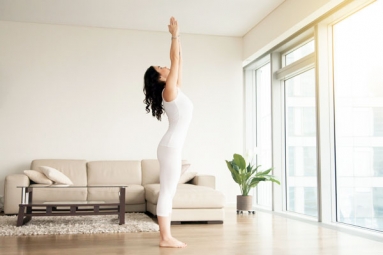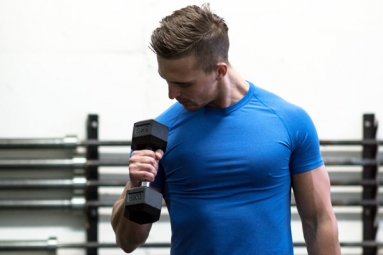
A smart-phone app can now help you in relieving headaches. Researchers developed the app called ‘RELAXaHEAD’ to reduce the frequency of headaches in people suffering from migraine.
The researchers from the New York University School of Medicine said migraine sufferers who used the technique at least twice a week experienced on average four fewer headache days per month.
The app will guide patients through progressive muscle relaxation, or PMR. In this form of behavioral therapy, patients alternately loosen up and tense different muscle groups to cut down stress.
Published in the journal Nature Digital Medicine, the study is the first to evaluate the clinical effectiveness of an application for treating migraine and adding an app to standard therapies such as oral medications under the supervision of a doctor.
“Our study offers evidence that patients may pursue behavioral therapy if it is easily accessible, they can do it on their own time, and it is affordable,” said Mia Minen, an assistant professor at NYU. “Clinicians need to rethink their treatment approach to migraine because many of the accepted therapies, although proven to be the current, best course of treatment, aren’t working for all lifestyles,” Minen said.
Symptoms of Migraine
The primary symptoms of migraine include moderate to severe head pain that is oftentimes accompanied by sickness and sensitivity to sound and light. Patients have often prescribed behavioral therapy and drug treatments, but do not pursue the therapy even after a doctor’s recommendation owing to the expense and inconvenience, said Minen.
“Oftentimes they end up only taking medications,” she said.
App Analyzation
The researchers, in order to see if the app increases compliance analyzed app use by 51 confirmed migraine patients, all of whom owned smartphones.
The participants were asked to use the app for the period of three months and to keep a daily record of the severity and frequency of their headaches, while the app kept track of how long and often patients used PMR.
Study participants, on an average, had 13 headache days per month, ranging between four and 31. In the study, about 39 percent participants reported anxiety while 30 percent of reported depression.
After six weeks, PMR therapy utilizing the RELAXaHEAD app decreased to 51 percent, and to 29 percent after three months.
Anticipating a gradual decrease in the use of the app, the researchers are next in plans to identify possible ways to encourage more frequent sessions. They as well plan to study the best ways to introduce the app into their clinical activities.
Minen said the study results suggest that accessible smartphone technologies “can effectively teach patients lifelong skills needed to manage their migraines.”
By Sowmya Sangam







